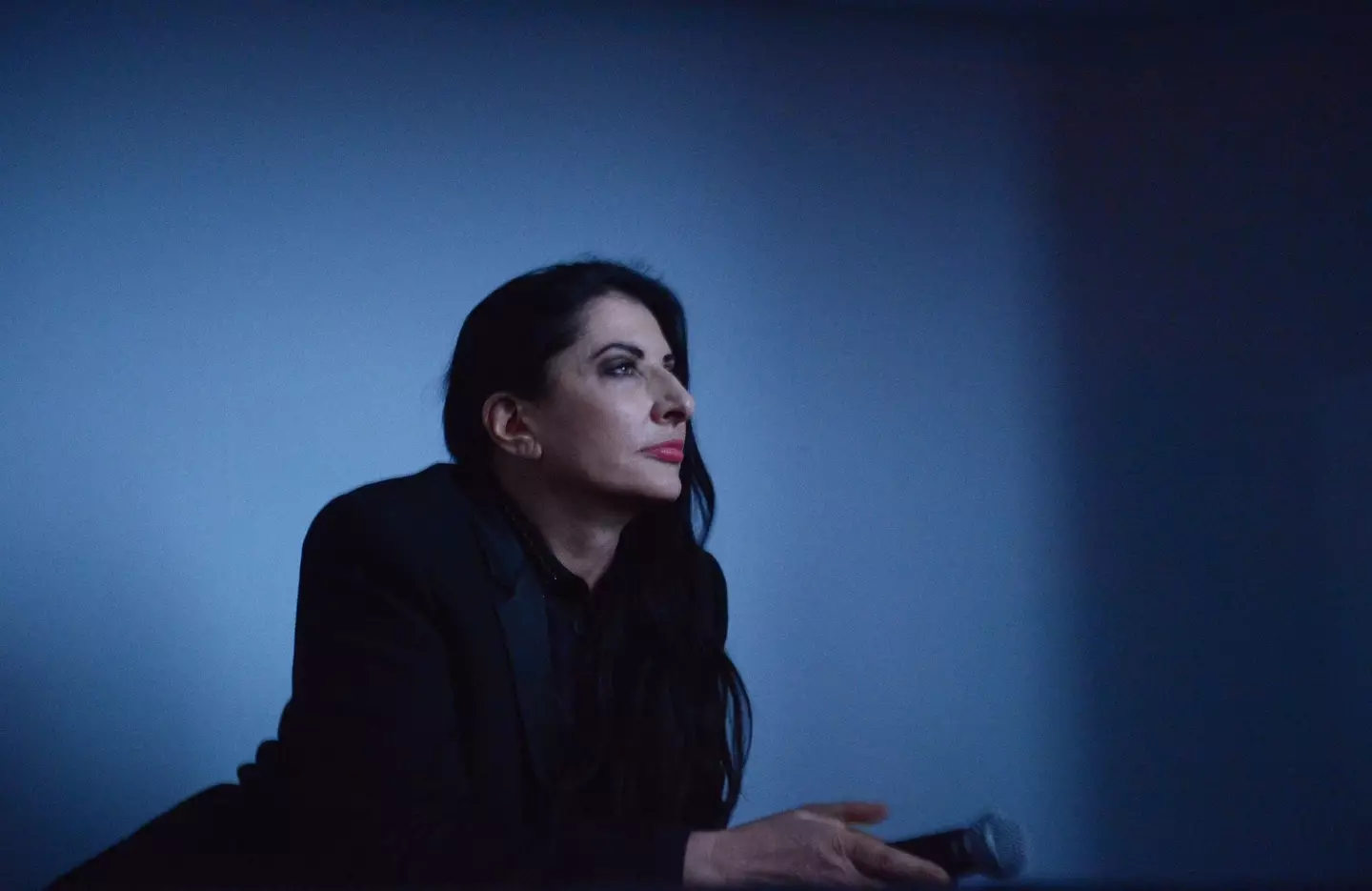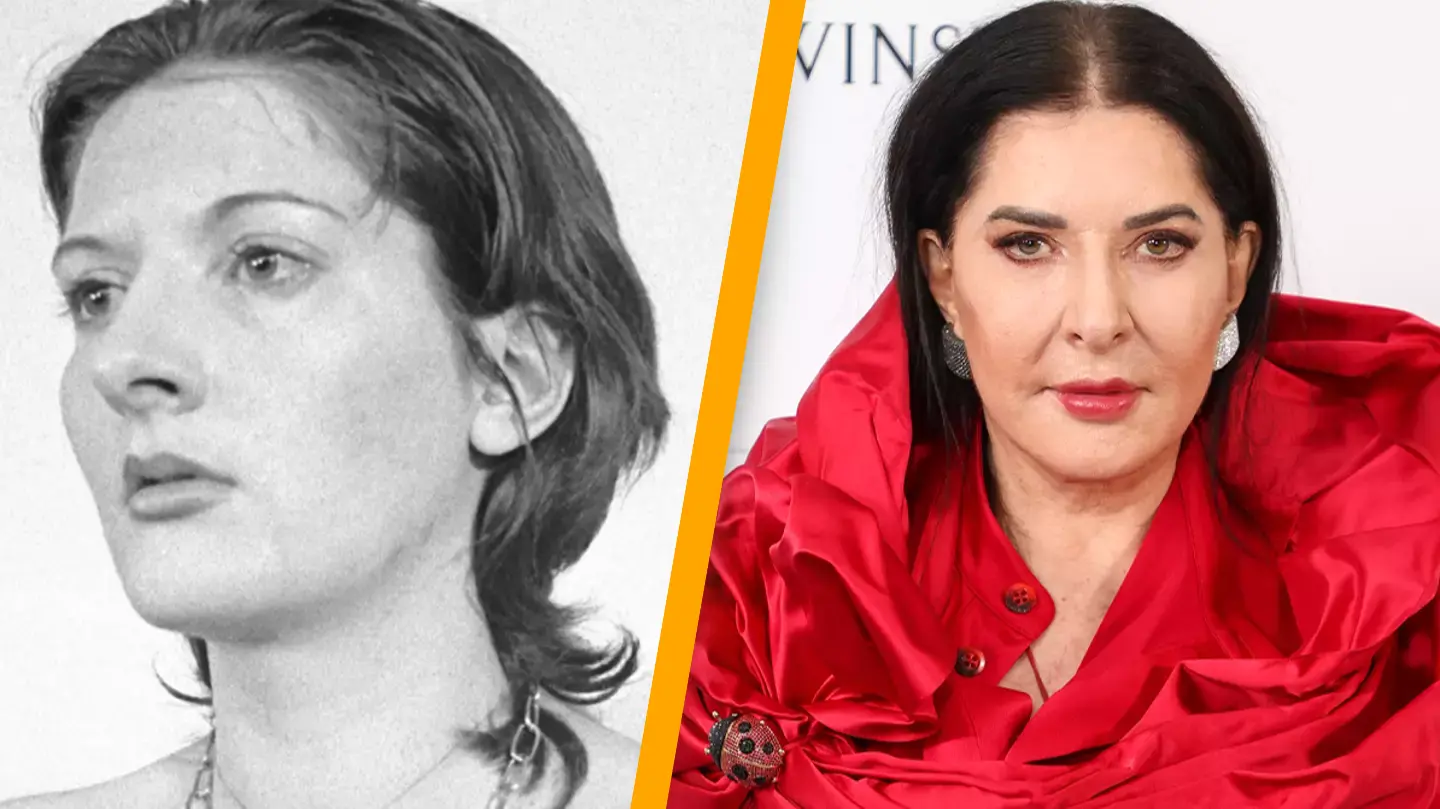An artist has revealed why experiencing fear is an essential component of creating her performance art.
Marina Abramović, a world-renowned performance artist, is known for her daring work that challenges both physical and mental limits. Her art delves into thought-provoking themes about human psychology and our connections with one another and the environment.
In one notable performance, Abramović stood still for six hours while spectators were allowed to interact with her body however they chose. This intimate and bold endeavor highlighted her belief that art must induce some level of fear or discomfort.
The six-hour performance took place during the 1970s, with Abramović standing motionless as 72 objects were displayed before her.
Audience members were encouraged to use these items on her in any manner they wished.
The assortment of objects ranged from flowers and perfume to scissors and even a loaded gun. The performance, called Rhythm O, tested the limits of what strangers would do, providing a startling look into the extreme forms of misogyny that continue to exist in society.
Abramović felt “ready to die” as a result of the performance, which taught her not to expose herself to such risks again.
Despite the lingering fear, Abramović hasn’t abandoned exploring discomfort in her art; rather, it’s a crucial aspect of her work.

Speaking to the Royal Academy, Abramović emphasized her commitment to keeping discomfort as a central theme in her art, citing fear as a vital element.
She explained: “If there’s something I would like to do, I don’t do it. I only do something if I’m afraid of it, because that’s the whole point.
“If we always tend to do things that we like, then we are creating the same pattern, making the same mistakes again, and we never get out into unknown territory.”
In her 2012 documentary, Abramović pondered whether this approach made her “crazy,” especially while performing The Artist is Present for three months straight.

The Artist is Present became her longest solo performance. At first, she doubted herself, thinking: “Oh my God, I’m crazy. How can I do this for three months?”
However, she became deeply engrossed in the project. “And it was so hard. It was supernatural to do this – to sit in front of thousands of different people, eight hours a day for three months. There were days when I thought I could not continue. But I did it. And this came out of the complete fear that I could not do it,” she elaborated.
Abramović viewed the performance as a major opportunity to demonstrate the “transformative power of performance art, by literally doing nothing – by just being in a space and being noticed.”
Confronting her fears proved worthwhile, and the impact was monumental. “And then came this incredible thing: people sleeping outside the museum, standing there for hours to see the work. It had 850,000 visitors, which broke records for any living artist. And this was absolutely by being still, being the eye of the tornado,” she reflected.

